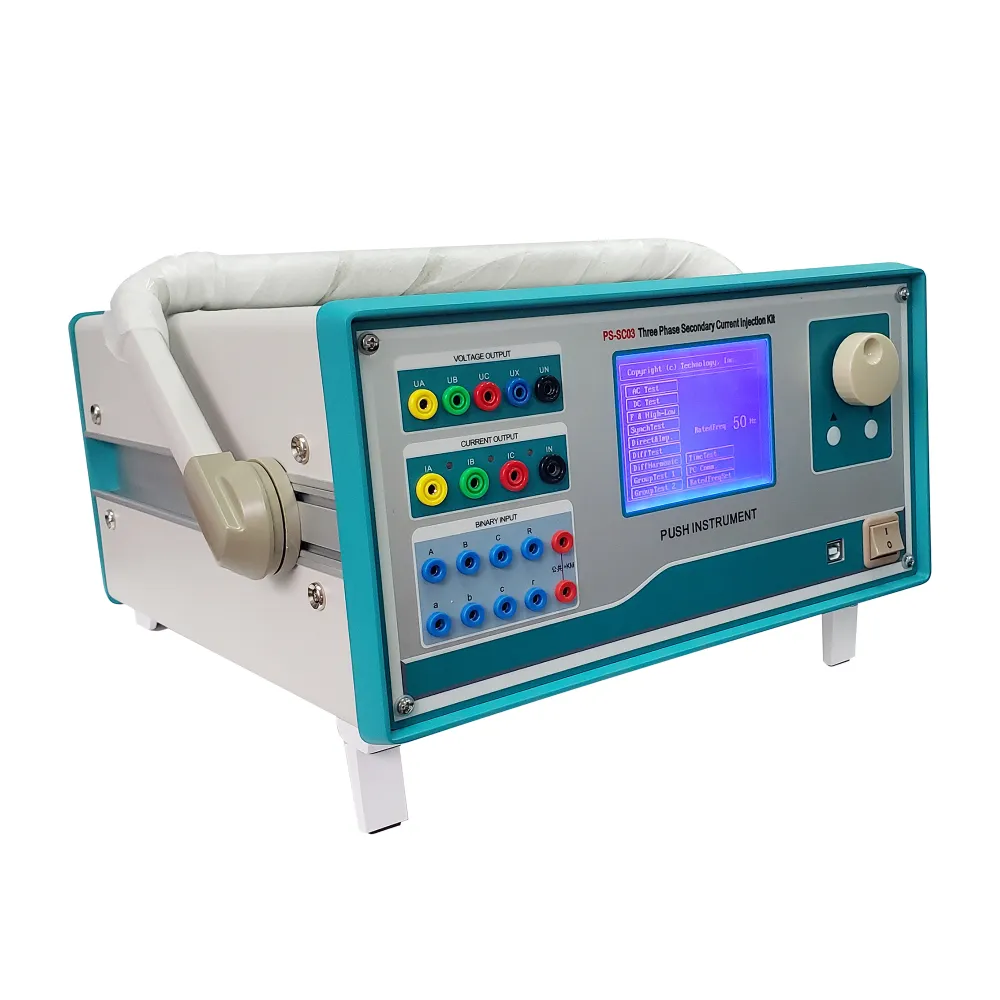 English
English


Investigation of Furnace Transformer Performance Through Comprehensive Testing Procedures and Analysis Techniques
Understanding Furnace Transformer Testing Importance and Procedures
Transformers play a crucial role in various industrial applications, and furnace transformers are specifically designed for foundries and steel mills, where high currents are required for melting and forging metals. The functionality and reliability of these transformers are vital to maintaining operational efficiency and safety in such demanding environments. Therefore, routine testing of furnace transformers is indispensable to ensure they perform optimally and meet safety standards.
The Importance of Furnace Transformer Testing
Furnace transformers operate under extreme conditions, subject to overloads and high temperatures. Testing them ensures that they can withstand these challenges without failure. Regular testing helps identify potential issues such as insulation breakdown, overheating, and component degradation before they lead to catastrophic failures.
Moreover, routine testing is often mandated by regulatory bodies to comply with safety standards. Ensuring that furnace transformers are functioning correctly prevents costly downtime and enhances the safety of the workplace by minimizing the risk of electric shock, fires, or equipment damage.
Types of Tests Conducted
There are several types of tests that furnace transformers undergo to assess their performance and condition
1. Insulation Resistance Testing This test evaluates the integrity of the transformer’s insulation system, ensuring that it can withstand the electrical stresses it encounters. Insulation degradation is a common failure point, and early detection can prevent major issues.
2. Power Factor Testing This test measures the power factor of a transformer, indicating how efficiently it operates. A low power factor can signify insulation problems or excessive losses, which need to be addressed to optimize performance.
furnace transformer test

3. Temperature Rise Testing During this test, the transformer is operated at its rated load to determine its temperature rise. This test is crucial as excessive temperature can lead to premature aging of insulation and, ultimately, transformer failure.
4. Short-Circuit Testing This simulation assesses the transformer’s ability to withstand short-circuit conditions. Furnace transformers need to handle these stress conditions without damage, making this test vital for operational safety.
5. Functional Testing This involves a series of tests under operational conditions to ensure the transformer responds correctly to load changes and operates within specified parameters.
Procedures and Best Practices
Performing these tests requires trained personnel with a deep understanding of both the transformers and the testing equipment. Safety should always be the priority, as high voltage and current levels pose significant risks.
Before testing, it is important to follow the manufacturer’s guidelines and industry standards. Proper shutdown procedures should be implemented to prevent accidents. After testing, all results should be documented meticulously for future reference and to track the performance over time.
It is also beneficial to establish a routine testing schedule based on the operational demands placed on the transformers. This can include annual comprehensive testing along with periodic inspections to monitor any changes in performance.
Conclusion
Furnace transformer testing is essential for ensuring the safety, reliability, and efficiency of industrial operations. By regularly conducting a variety of tests, industries can preemptively identify and remedy issues that might otherwise lead to equipment failure and significant operational disruptions. In an industry where precision and reliability are critical, proactive maintenance through testing plays an invaluable role.
-
Differences between open cup flash point tester and closed cup flash point testerNewsOct.31,2024
-
The Reliable Load Tap ChangerNewsOct.23,2024
-
The Essential Guide to Hipot TestersNewsOct.23,2024
-
The Digital Insulation TesterNewsOct.23,2024
-
The Best Earth Loop Impedance Tester for SaleNewsOct.23,2024
-
Tan Delta Tester--The Essential Tool for Electrical Insulation TestingNewsOct.23,2024





